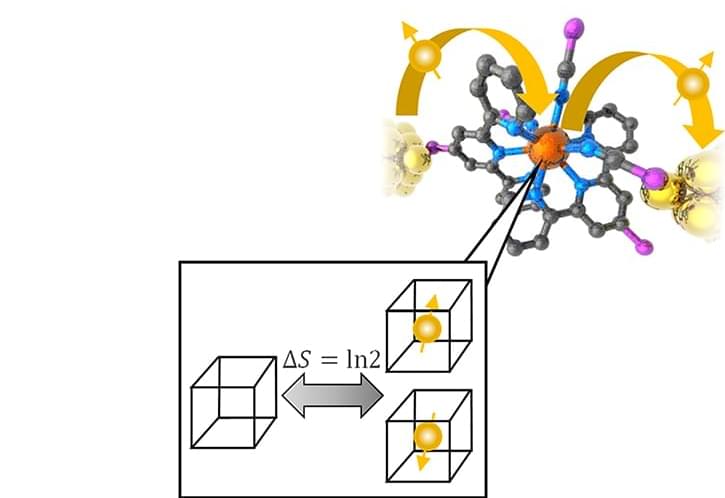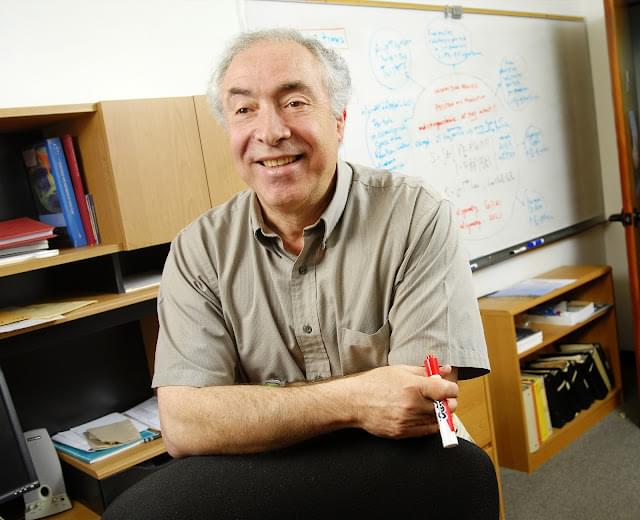Ray Kurzweil, an American Jewish inventor and futurist, claims that within ten years, man will be able to defeat old age and death thanks to the accelerated development of technology.
My question in relation to Kurzweil’s statement is: What is so good about us constantly living all the time? Why live at all if we are never to die?
On the contrary, if we attain the purpose of our lives while we are alive, then we will reach a spiritual, eternal, and perfect state, i.e. one where we will have no feeling of a lack. In our current lives, we constantly live out of feeling lack and the need to fulfill our lacks. However, we can reach a state where we have no such feeling of a lack, but that we have an abundance of everything.
Developing ourselves spiritually has nothing to do with medicine or technology. It has to do with our inner world, i.e. with how we feel that we can give and receive from everyone, and live in a world that is boundless, with no beginning or end. Then, even if our bodies die, we will not feel it as death.
Follow Kabbalist Dr. Michael Laitman:
Twitter ► https://twitter.com/laitman.
Facebook ► https://facebook.com/michaellaitman.
Instagram ► https://www.instagram.com/dr_michaellaitman.
YouTube ► https://youtube.com/michaellaitman.
Quora ► https://quora.com/profile/Kabbalist-Dr-Michael-Laitman.
Medium ► https://medium.com/@michaellaitman.
Thrive Global ► https://thriveglobal.com/authors/michael-laitman/
LinkedIn ► https://il.linkedin.com/in/michaellaitman.
NewsMax ► https://www.newsmax.com/insiders/michaellaitman/id-504
The Times of Israel ► https://blogs.timesofisrael.com/author/michael-laitman.
Jerusalem Post ► https://jpost.com/Author/Michael-Laitman.
Ha’aretz ► https://haaretz.com/haaretz-labels/laitman.
Breaking Israel News ► https://breakingisraelnews.com/author/michael_laitman.
Laitman Kabbalah Publishers (Books) ► https://kabbalahbooks.info.
Official Website ► https://michaellaitman.com.
This post was written by the editor of Kabbalist Dr. Michael Laitman’s YouTube channel.






